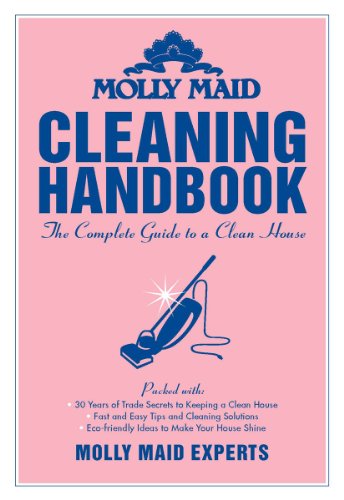
MOLLY MAID, the professional residential cleaning company, shares some facts on cleaning silver and gold, many of which may come as a surprise!
SILVER
Contrary to popular belief, silver does not need constant cleaning and, in fact, should not be cleaned more than absolutely necessary. The need to clean can be reduced by regular dusting with a soft microfibre cloth, using a brush with very soft bristles for crevices, or washing in warm soapy water, rinsing well and drying with soft kitchen towel. Silver should not be put in a dishwasher as the salts and detergents may harm the surface, but if you do choose to put yours in a dishwasher make sure that they do not touch other metals. Silver, in common with all metals, can be easily scratched, dented or fractured and should, therefore, be handled with care. When not in use or on display it will tarnish less if kept wrapped in acid-free tissue paper or un-dyed cotton or linen, and kept in airtight conditions. Do not wrap in baize, felt or chamois leather as they will tarnish silver.
Tarnishing does not actually harm silver. It is caused by a number of factors, including humidity and sulphurous foods such as egg yolks and brussels sprouts, therefore table silver that has been in contact with them should be washed as soon as possible. Fingerprints can leave deposits which also cause tarnishing, so it is helpful to use a cloth to hold the object. In order to remove tarnish, it is best to use cloths, silver foam or polish as these are the least abrasive products. It is also helpful to use a long-term variety as this will reduce the need for frequent cleaning.
When cleaning silver, only use a silver polish, not a metal polish intended for copper and brass. Rinse after cleaning in clean water and dry with a clean microfibre cloth. A dry soft brush can be used to remove polish from crevices. Never use wire wool or an abrasive cloth to remove stains as they will scratch the surface, and polish your silver as seldom as possible as a small amount of metal will be removed over time and any engraving or etching will become worn. This can be a particular problem for plated objects as the silver will eventually be worn away, exposing the metal core. Worn plated wares can be re-silvered professionally, but this can reduce the value of good antique plates, as the finish and colour may not be true to the original and the sharpness of any engraving on the piece may be dulled.
CONTEMPORARY SILVER
Sterling silver is 92.5% silver and 7.5% mainly copper. However, fine silver is often used by contemporary silversmiths and this has a higher silver content of 99.9% and tarnishes less. For general cleaning, use a long term silver foam very sparingly and clean intricate pieces with silver dip applied with a soft toothbrush, and then rinse well with clean warm water. Modern finishes have become more varied with an increase of matt or sateen surfaces. These are created by using very fine abrasives, so the biggest danger to them is over polishing, which will create a shimmer finish. If this happens, seek the advice of a specialist dealer. Silver with a delicate white egg-shell finish is made of fine silver that will hardly tarnish and should only be washed occasionally. Use ordinary dish washing liquid and dry with a soft microfibre cloth. If this finish does get damaged, the piece should be returned to the maker for attention.
GOLD
A gold object may be solid or plated, silver gilt or ormolu – and it is important to establish which you have before treating it. Gold is soft and, therefore, scratches easily so it should be handled with care – but it does not tarnish unless it has a high silver content, as is the case with some 9 ct. gold. Light dusting or gentle washing in warm soapy water is all that is recommended in the way of cleaning.
Advice taken from: www.lapada.org

